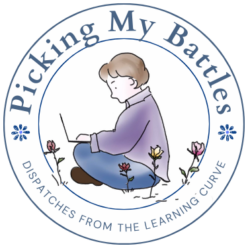
During the first week of my recovery I wrote constantly. When the second, unexpected week of incarceration began, I still wrote more than usual, but, after teaching for almost a year now, I discovered I suddenly missed being around people. Ten years of working at home once had me trained to prefer solitude, but last week I went searching for social interaction in the worst possible place — social media.
At first it was a quick check of the latest news from friends and family. Then it was looking for silly memes. And then it deteriorated into watching videos about all that’s wrong with the world and how to be afraid of it making me wonder if it’s just an accident that S&M and Social Media ended up with the same initials.
After a day or two, despite the exhaustion of living with the pain in my recovering foot, I began having trouble sleeping. Then I started getting antsy when I opened my laptop to write. I started kvetching over homework assignments from my online class and all the things that we should be fixing in the world.
Monday I got back to work — to my girls. There were the initial hugs and greetings, and then it was back to the usual, constant redirecting and behavior management that goes with working with students with emotional disturbances. For the first time in two weeks there was drama and tears, occasional profanity and impromptu after-school meetings. There was still homework online and more comforting of teenagers.
There was suddenly far less time to peruse the feed telling me what’s wrong with the world — or at least I stopped worrying about trying to control the things I can’t. There’s still a daily dose of S&M (or is it SM?), but, like backing off of percosets after surgery, I’ve stepped down. And, diving back into work, putting my effort into the things I can control, or at least influence, is suddenly enough good vibes to start putting me right to sleep as soon as my head hit the pillow.








